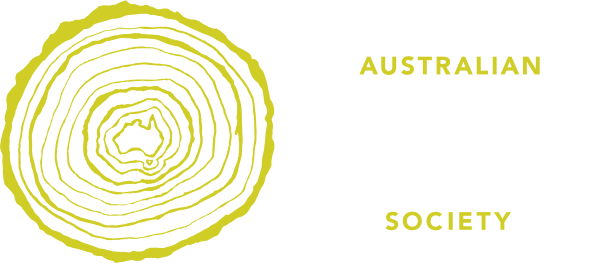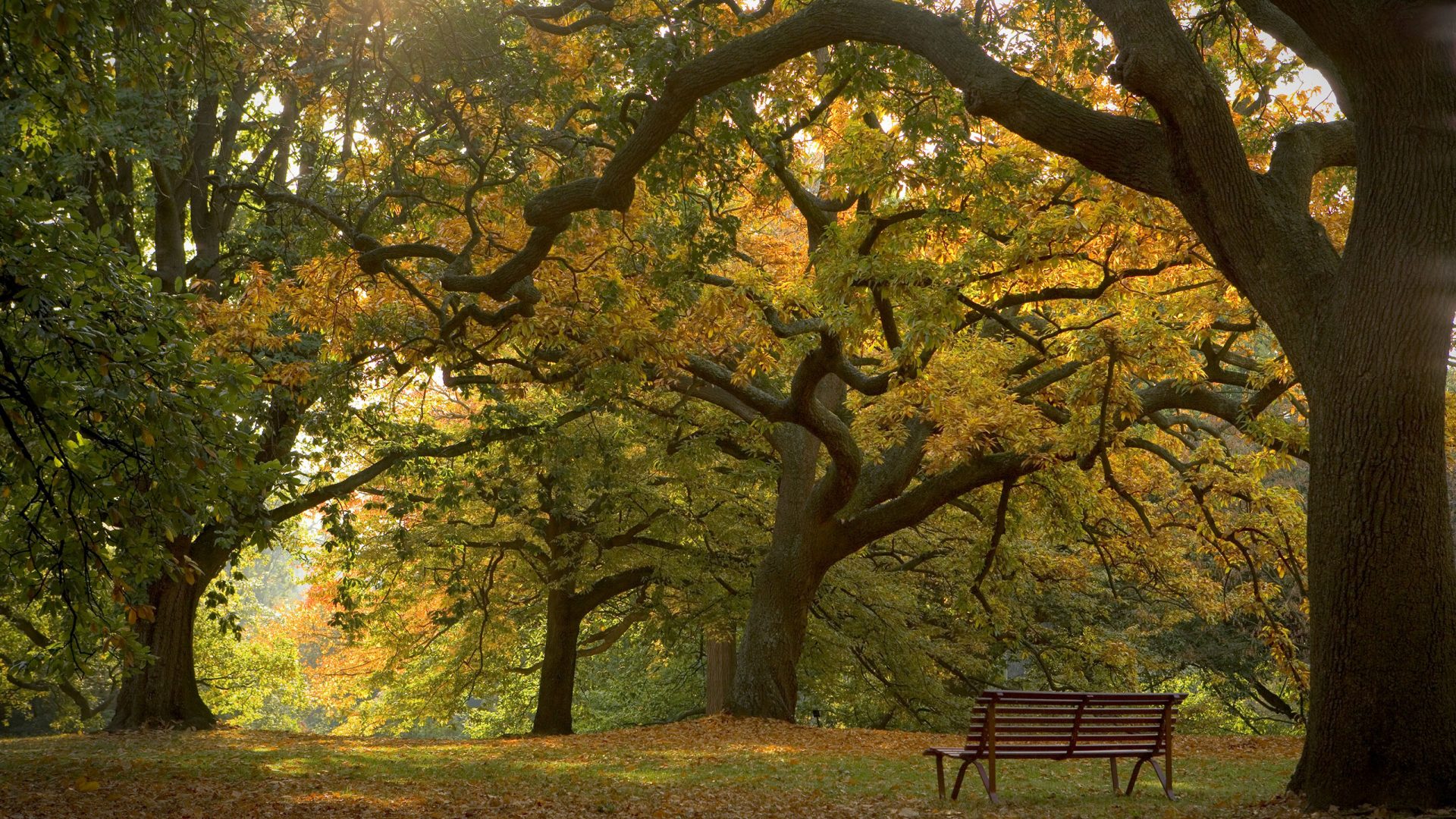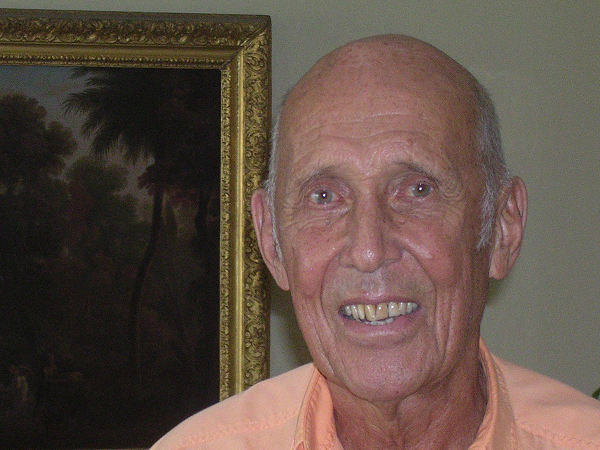Interview Recording
Interview Transcript
Peter Valder interviewed on 13 March 2007 by Roslyn Burge
Synopsis
Long-time Australian Garden History Society member and author, Dr Peter Valder grew up in isolation at Nooroo, at Mount Wilson in NSW’s Blue Mountains. He went to boarding school, trained in agriculture and plant pathology at Sydney and Cambridge Universities in the 1950s, then worked for the NSW Department of Agriculture. From 1962 he taught plant pathology at Sydney. A University Open Day in 1983 led to broadcasting on TV with Mike Walsh, Dave Allen and a lengthy gig on ‘Burke’s Back Yard’; his ready wit and double entendres proving a hit. Long interest in plants and plant-hunting saw him travel in Europe and Asia, collecting in South-East and East Asia. Peter helped organise a 1958 first-public opening of a range of Mount Wilson gardens including Nooroo, a continuing tradition. He helped his aging mother with Nooroo, enriching its plant collections and design, with Richard Clough.
Chestnuts from the dozen trees at Nooroo were also sold at market (sewn into sugar bags) and Dr Valder believes it likely his father was the first person in Australia to send chestnuts to a market. Post-war migration meant … instead migrant families would just arrive … looking like ‘Cavaliera Rusticana’, the grandmothers in black and little children dressed as meringues and dangerous looking middle-aged men who would peel notes off rolls that they got out of their pockets.
It was a simple yet wonderful life … because we grew up fully aware of where everything came from. The water came out of the sky, the heat came out of chopping wood and the food came out of the ground one way or another, it couldn’t have been a better education in lots of ways …
On Capability Brown and English influence
… when I came back to Australia from England … in a way the countryside in a lot of Australia looked much the same in a dry sort of way, but it had been achieved in the opposite way—not by planting clumps of trees but by leaving them and clearing back up into the hillsides a bit and leaving odd gum trees about—in many ways everything was extraordinarily similar. So I had a sort of ‘landscapey’ feeling about me and I’d been greatly influenced by formulaic landscape painting, Claude and Poussin and people like that that I’d read about, that sort of lurked in my mind as well. So all that had a complex influence on me.
On Mt Wilson gardens
There was a remarkable selection of plants in those gardens because the Sydney nurseries in those days (c.1880) had an amazing array of things in their catalogues, all sorts of rhododendron varieties and conifers, quite amazing, and of course the Botanic Gardens had a big nursery that I think you probably could get plants from and perhaps some of them came from there. So that there were a lot of conifers and there was a lot of interesting deciduous trees, a lot of different kinds of oaks in those gardens and there was a big sugar maple at Bebeah in the middle of Mt Wilson and there were a lot of old rhododendron hybrids.
As well as the English and European influence, Peter developed an interest in the native plants over the garden fence. Most people put a waratah or two in their gardens and that was that, but Miss Helen Gregson, who was the daughter of the original Gregson who settled at Yengo in Mount Wilson, had actually brought into her garden a whole lot of native plants in one section of the garden of her house. I mean she had rhododendrons and maples and everything too but she was very interested in the native flora, as they all were, and so she transplanted pultinaeas and prostantheras and things … she must have dug them up from the bush I suppose, but she was an early native gardener.


